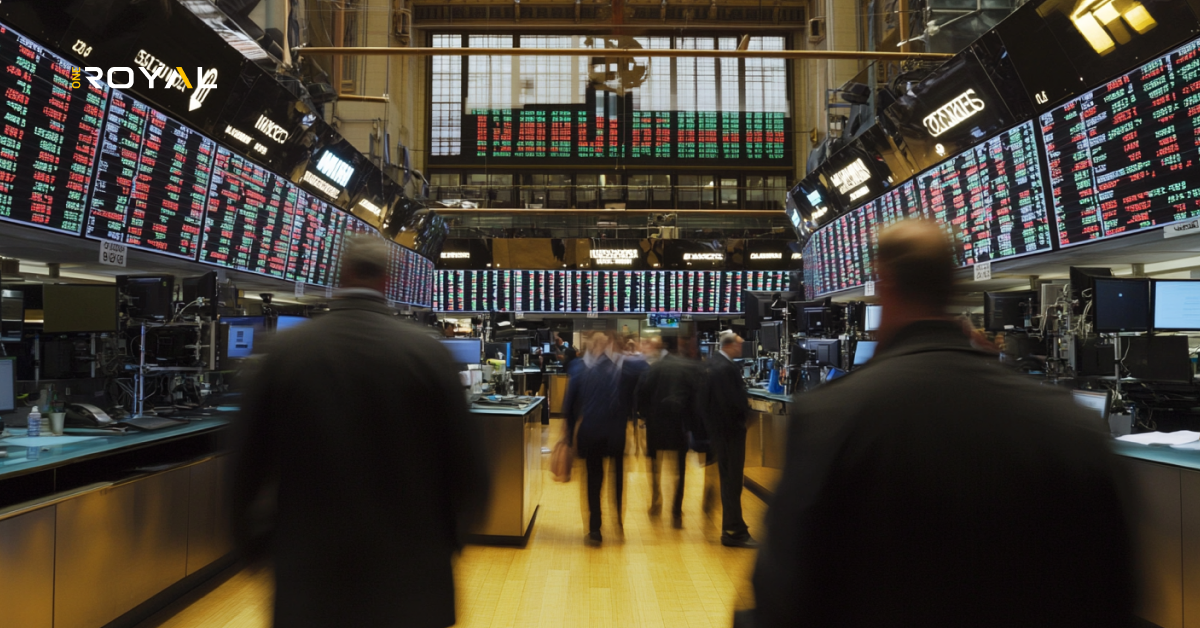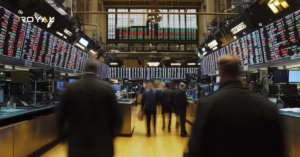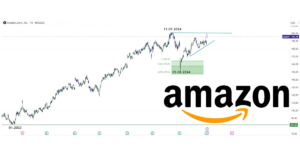The Dollar Rose, Supported by a Series of Vital US Economic Data
The US dollar continued its uptrend on Monday, February 20, supported by robust economic data from the United States. Traders are betting that the strong economic data will cause the US Federal Reserve to tighten its monetary policy for longer than initially expected. The dollar rose broadly in early Asian trading. The pound sterling fell 0.12% to $1.2028, the Australian dollar fell 0.18% to $0.6866, and the dollar rose against the Japanese yen 0.14% to 134.32.
Trading will likely be thin today due to the US markets being closed for Presidents’ Day. A slew of data from the world’s largest economy in recent weeks pointing to a labor market still suffering from understaffing, flat inflation, strong retail sales growth, and monthly producer price hikes have heightened market expectations that the US central bank has more to do to control inflation.
Hawkish comments from Federal Reserve officials also boosted the dollar after they indicated that higher interest rates would be necessary to succeed in controlling inflation.
Similarly, two European Central Bank policymakers said on Friday that interest rates in the eurozone still have some way to go higher, sending the market prices up to the highest ECB rate. But that did little to lift the euro, which was last down 0.16% at $1.0677.
The dollar index increased by 0.05% to 104.03, up nearly 2% since the beginning of the month so far, which keeps it on track to achieve its first monthly rise since last September.
Gold Prices Fluctuate, Influenced by the Dollar Strength
Gold costs fell on Monday, February 20, affected by the rise in the dollar and after recent US economic data, which have raised concerns that the Federal Reserve may raise interest rates further. The spot gold price fell 0.2% to $1837.59 an ounce before rebounding later. It’s worth noting that the yellow metal has recovered and is currently trading at $1843.99 an ounce at the time of writing.
Financial markets now expect the Fed to raise benchmark interest rates above 5% by May after recent data showed a lack of hiring in the labor market along with rising inflation and consumer prices.
Gold is considered a hedge against rising inflation, but high-interest rates increase the opportunity cost of owning the non-yielding yellow metal.
As for other precious metals, the spot silver price fell 0.7% to $21.58 an ounce, platinum fell 0.3% to $914.17, and palladium fell 0.6% to $1488.61.
Oil Prices Reacted to Production Limit
Oil prices rose Monday, February 20, amid optimism about the recovery of Chinese demand and fears that a lack of investment will limit oil supplies in the future, with significant producers keeping their production limits as they are. Brent crude rose to $83.47 a barrel by 04:45 GMT. US crude for March was $76.78 a barrel, up 44 cents, and April contracts rose to $76.90.
Brent and US crude dropped by two dollars on Friday and closed down about 4% last week after the United States announced an increase in crude oil and gasoline stocks.
Baden Moore, head of commodity research at the National Australia Bank, said that Washington’s plans to withdraw 26 million barrels of crude oil from the Strategic Petroleum Reserve increased downward pressure on the market. Still, global supplies appear to be “stable to low” compared to the previous similar period after Considering production cuts by Russia and the OPEC+ alliance.
Japanese Stocks Settle Ahead of Monetary Policy Decisions
Japan’s stock market steadied at the closing of the week’s first session amid expectations of a change in the monetary policy of the Bank of Japan.
Observers pointed out that the governor, Haruhiko Kuroda, may surprise the international markets for the last time next month with amendments to facilitate the transition process to his successor, Kazuo Ueda, mainly since the central bank’s yield curve control program already represents a complex challenge for the new governor. Ryutaro Kono, chief economist of Japan at BNP Paribas, said that if the Bank of Japan does not act next month, Ueda may face a massive bond sale before the bank’s first meeting.
The Nikkei index settled at the end of the session at 27,531 points, and the broader Topix index rose by 0.39% to 1,999 points. The US dollar settled against its Japanese counterpart, at 134.15 yen, at exactly 07:00 am GMT.
Disclaimer: This article is not investment advice or an investment recommendation and should not be considered as such. The information above is not an invitation to trade and it does not guarantee or predict future performance. The investor is solely responsible for the risk of their decisions. The analysis and commentary presented do not include any consideration of your personal investment objectives, financial circumstances, or needs.




